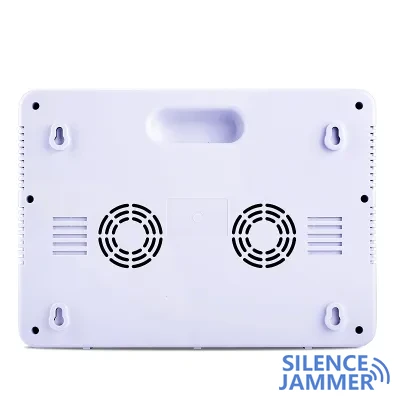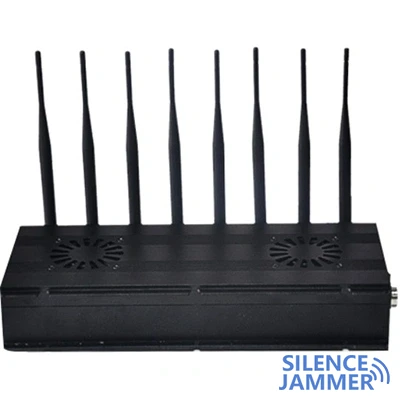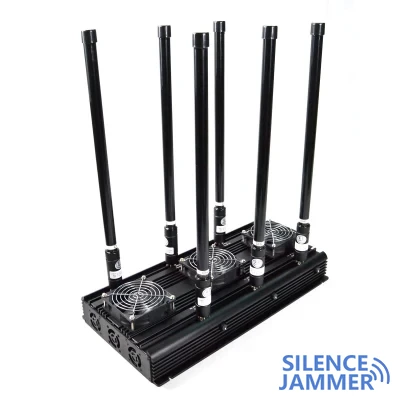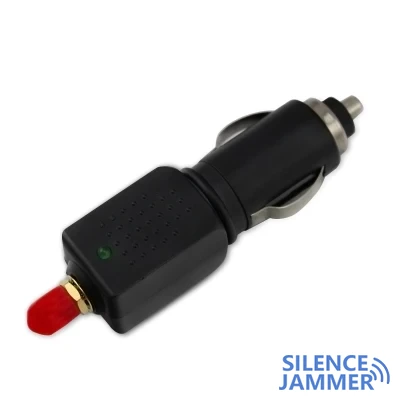Legal risks of anti-drone technology: legal restrictions and challenges when using it
With the rapid development of drone technology, anti-drone measures have gradually become the focus. Although technology provides a new means to deal with drone threats, its legality and restrictions on use are an issue that cannot be ignored. Under US federal law, drones are considered a type of aircraft, so any attempt to intercept or destroy a drone may be considered illegal and face the risk of up to 20 years in prison.

Legal background and restrictions
Federal laws in the United States provide that any attempt to intercept or destroy a drone is considered illegal. These laws treat drones as a type of aircraft and are subject to strict aviation regulations. Michael Bailkin, from Fox Rothschild LLP, pointed out that the legal consequences of such behavior are very serious, with a maximum of 20 years in prison. This legal restriction reflects the high importance attached to airspace security and emphasizes the strict restrictions on the use of drone jamming technology.
Private Property and Legal Exceptions

When using anti-drone technology on private property, it is not easy to obtain legal exceptions even if the drone invades private space. Belkin emphasized that "the sky above your home is not your property", which means that even if the drone invades private airspace, strict legal conditions must be met to legally use jamming technology. These conditions include that the drone needs to repeatedly invade and the behavior must meet specific legal standards in order to obtain authorization for legal countermeasures.
Technical Challenges and Legal Restrictions
When discussing the legal risks of anti-drone technology, it is worth mentioning that the use of drone signal jammers is also controversial. These devices block the communication between the drone and its controller by transmitting interference signals, forcing the drone to lose control or return to the starting point. However, the use of drone jammers is also subject to strict legal restrictions. In the United States, the Federal Communications Commission (FCC) stipulates that only specific federal agencies have the right to legally use these devices, and ordinary citizens and private enterprises are not allowed to install or use drone jammers without authorization.
The future of technology and law
The key to solving the drone problem lies in technological innovation and legal adaptability. Jim Hall, former chairman of the National Transportation Safety Board, believes that the current legal framework and technical level need to be improved. He suggested that legislation should be strengthened, military-grade technology should be introduced, and closer cooperation between authorities and operators should be promoted. These measures will help address the safety issues posed by drones while ensuring the legal use of technology.
Conclusion
In general, the use of anti-drone technology must be carried out within the legal framework to avoid the risk of breaking the law. As technology continues to develop, laws and policies also need to keep pace with the times to ensure that they can effectively respond to the challenges posed by drones while ensuring public safety.





